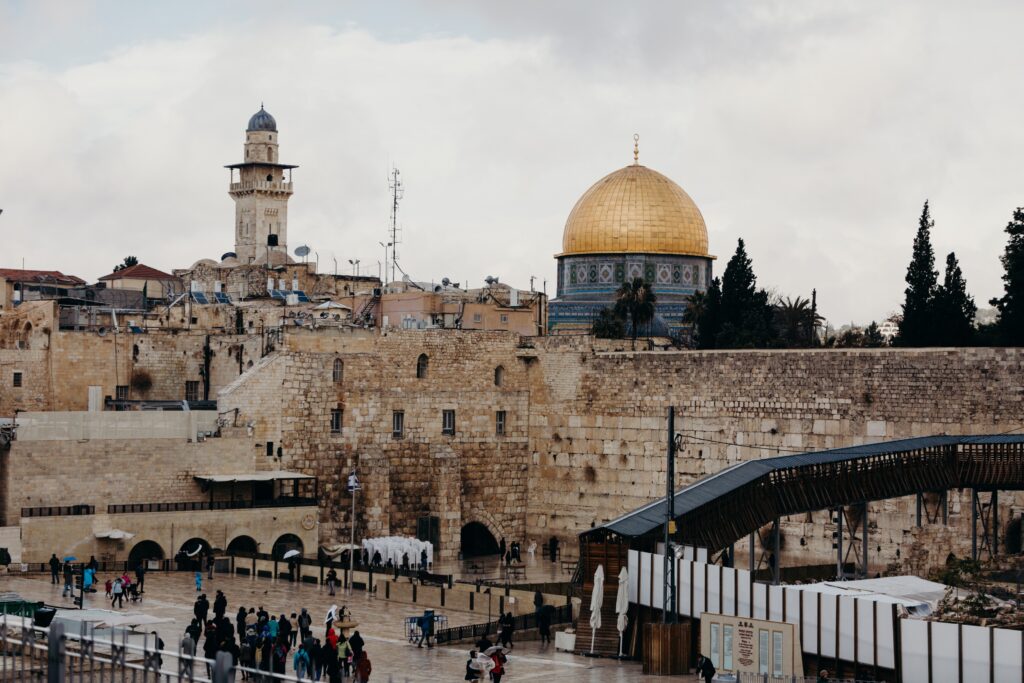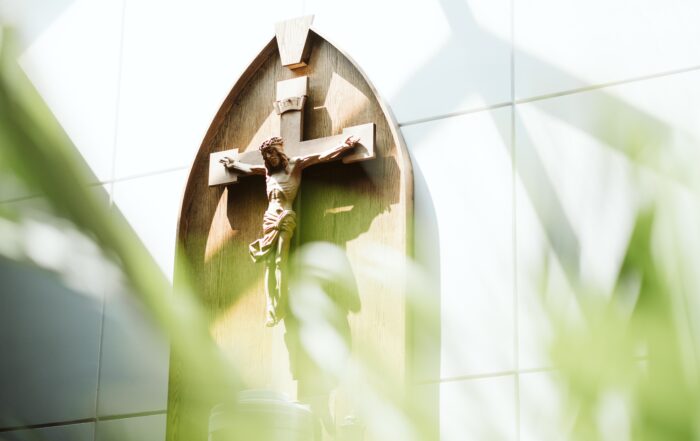God’s Temple Has a Place for Everyone. Do Our Churches?

The story of Jesus cleansing the temple can be an awkward read for church leaders.
We read in Matthew’s gospel how Jesus rides into Jerusalem to the praises of the people shouting, “Hosanna! Hosanna in the highest!” and then makes his way directly to the temple. In the most pivotal week of his ministry, and indeed the most pivotal week in all eternity, Jesus strides into the temple and drives out people and animals with authority and zeal.
It’s an uncomfortable idea to consider that the most dramatic demonstration of Jesus’s holy passion could be unleashed at the center of religious life, unleashed upon a practice that was considered normal.
The activities that filled the courtyard of the temple had begun as a service to worshipers. Transporting a sacrificial animal on a long journey would have been impractical. Providing options nearby made good, logistical sense. As for the money changers, someone needed to be available to exchange money, right?
You know the story, though. Like a convenience store ATM, the money changers charged outrageous fees. And like amusement park concession stands, you would not believe the markup price on animals approved for sacrifice.
Except we’re not just talking about early capitalist strategies and shrewd business sense. And, truth be told, we’re not just talking about taking advantage of sincere worshipers either, though that certainly is deplorable.

This open-air bazaar—with all the noise and bustle of a market day just before Passover—was housed in the outermost courtyard of the temple. Yet like with any crowded market, no doubt the sounds of animals and bartering could still be heard well within the temple courts. Who could expect to pray in such conditions?
Yet the problem was even worse.
The animal pens and towers of bird cages; the smells and mess; the businessmen and crowds waiting in line to make their purchase, all took place in the Court of the Gentiles. This was as far as any ceremonially unclean person could come to the holy rituals inside.
This was the nearest a Gentile could get to the One True God.
And, according to the practice of the day, it was the nearest a devout Jew—lame or blind or otherwise disabled—could approach the God of his ancestors Abraham, Isaac, and Jacob.
The “den of robbers” did not only profane the holy activities within the temple walls. It kept Jews with disabilities and other ceremonially unclean individuals from the benefits of a holy space set apart for worship.
When Jesus’s holy zeal ruthlessly upends tables and business as usual, he isn’t just driving out self-centered business, but the stench of sacrifices that have been elevated above obedience.
He is returning worship to a sacred space that had been overrun by worldly priorities.
As the eerie silence of the emptied courtyard gives way to children chanting the same hosannas as during the triumphal entry, Matthew 21 tells us, “And the blind and the lame came to him in the temple, and he healed them.”
When all the chaos has been rooted out, when the temple has been cleaned and once again “set apart” as holy, it gives way to worship and enables people with disabilities to receive Jesus’s healing touch.
Across our nation and the globe, business as usual has suffered a serious blow on account of the COVID-19 pandemic. Our churches have been emptied and an unusual silence fills our days.
God can be doing any number of things during this uncomfortable season, but one thing he’s given us is the opportunity to reevaluate the essentials.
What aspects of a church’s life is critical to its health? What parts of church culture began as a service to worshipers but now is only noise and busyness and distraction? Or worse, is there anything that actively prevents people from participating in worship?
Yet there’s also an important lesson to be learned from the example of Jesus. His zeal for the Father’s House emptied that courtyard of evil and distraction, but that was not the end of his purpose at the temple that day. There in the courtyard, Jesus intentionally and mercifully healed all those who came to him—he made it possible for them to not merely hover in the outer reaches of the temple, but to enter more fully into the full life of temple worship.
It’s not enough that we merely make sure people with disabilities can worship in our churches, though that certainly is an important consideration.


In the example of Jesus, we are to make it possible for them to participate more completely in the full life of the church.
It’s hard to know what our churches will look like when the pandemic bottoms out on the curve. But we do have a choice: Whether we quickly settle back into the rhythms and routines of a few short weeks ago or we root out practices that have prevented authentic worship, we can choose to go Beyond our Church Walls and clear new paths for people with disabilities to experience the joy of worshiping in the Father’s House.
If you would like some help thinking and praying through what this might mean for your church, we would be happy to come alongside you! We want to see the Father’s House full!
To talk to a real person about how your church can welcome and embrace people of all abilities, email us at [email protected].
Written By—Rebecca Olson
Rebecca Olson has served with Joni and Friends in various capacities since 2006, and during that time she’s contributed to several books, including The Beyond Suffering Bible, Life in the Balance Study Guide, and Real Families, Real Needs.

Do You Have Questions?
Contact us at [email protected] or call (818) 707-5664. We’re here for you. Your ministry’s success is our highest priority!





